LED strip lights to this day are still relegated to cabinet lighting & accent lighting. They're just not bright enough to replace conventional lights. The lion kingdom wanted to change that. A strip light combined with 8W bulbs that were converted to flat mounts & low DC voltage produced enough light to replace a floor lamp. The strip light was actually not entirely worthless. It produces enough light to be unacceptable with it off. As they get cheaper, more strip lights will be added to eventually replace all the 8W hacks.
Ultimate lighting
There has long been a dream of replacing all the floor mounted lighting with anything more practical.
 lion mclionhead
lion mclionhead
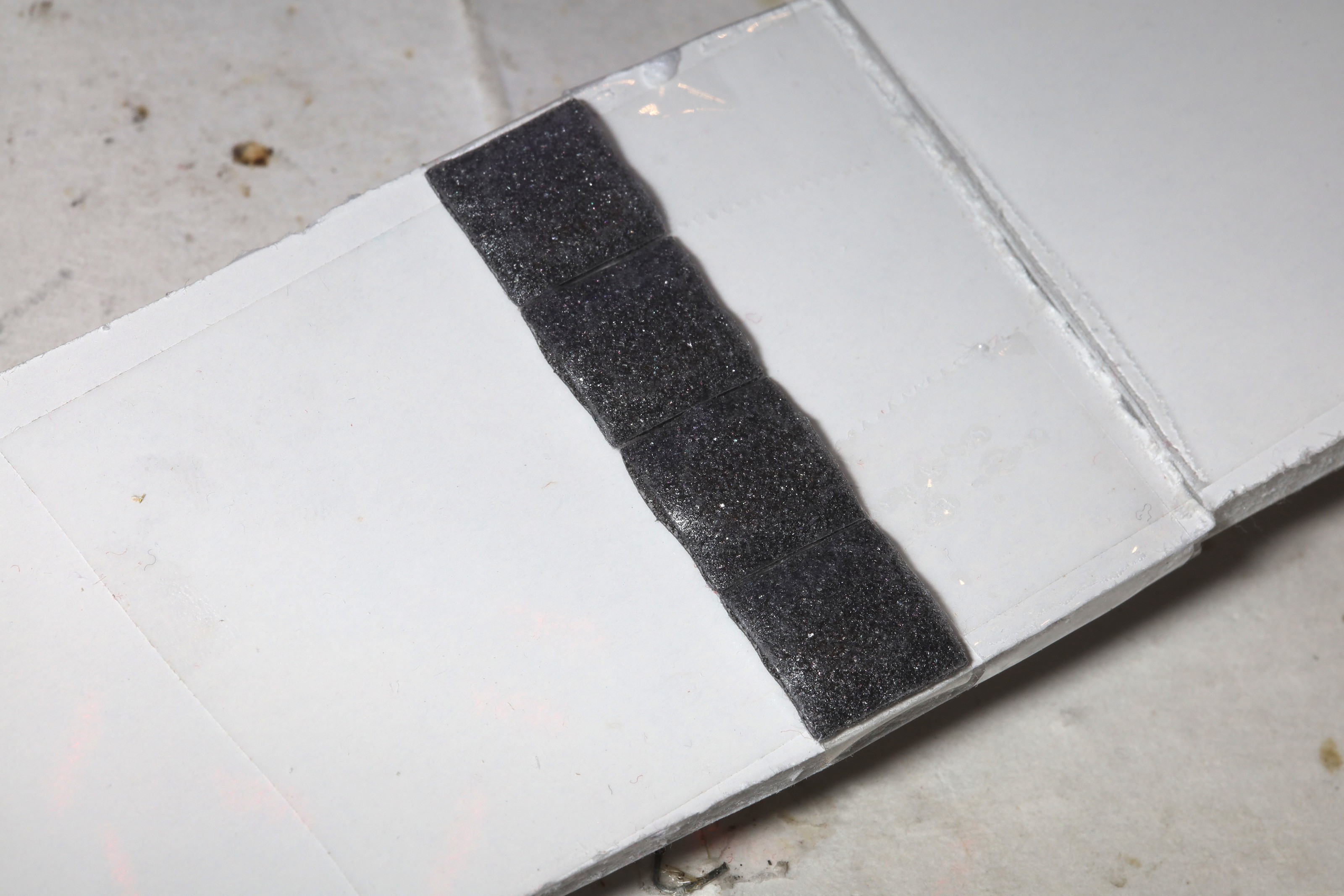


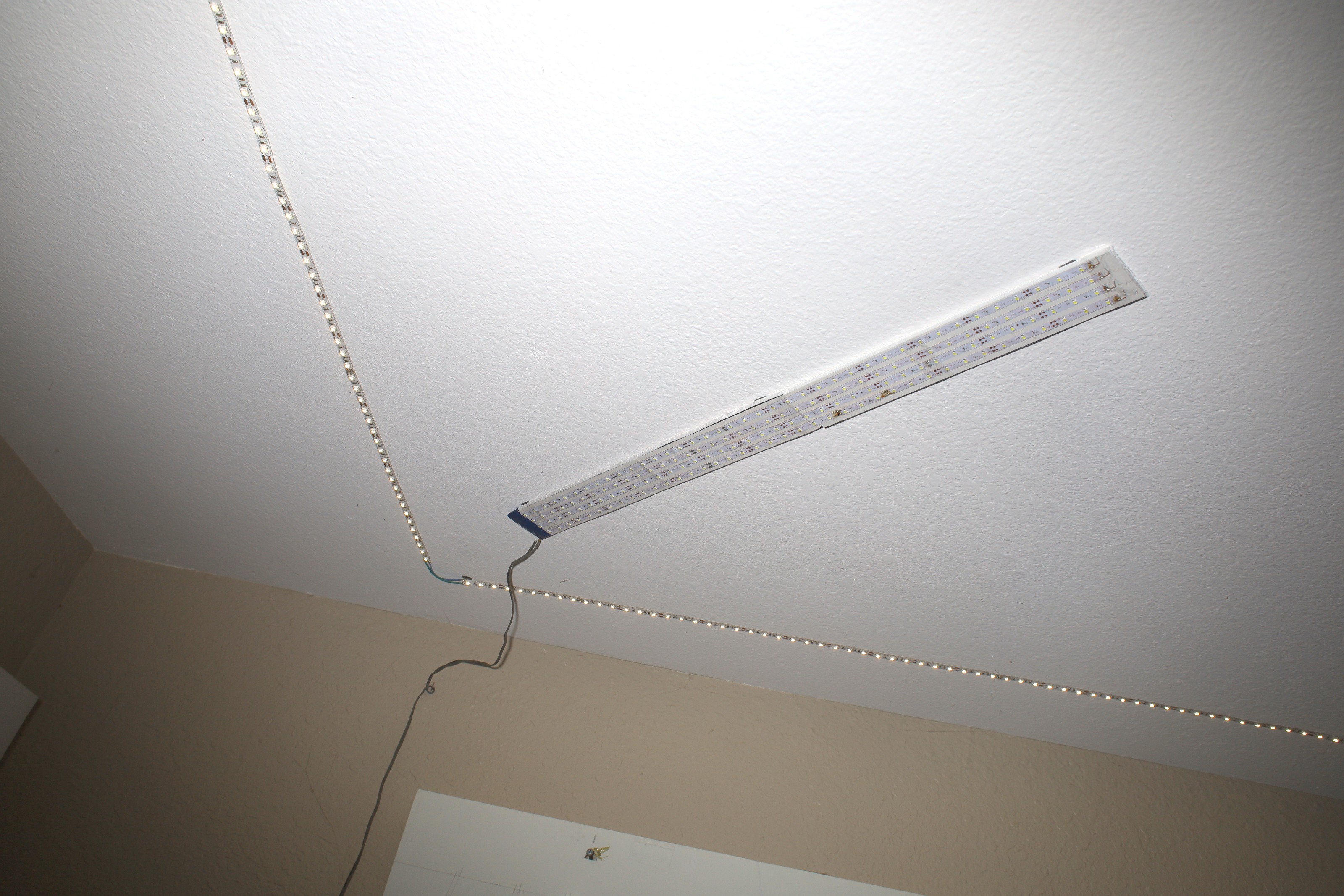
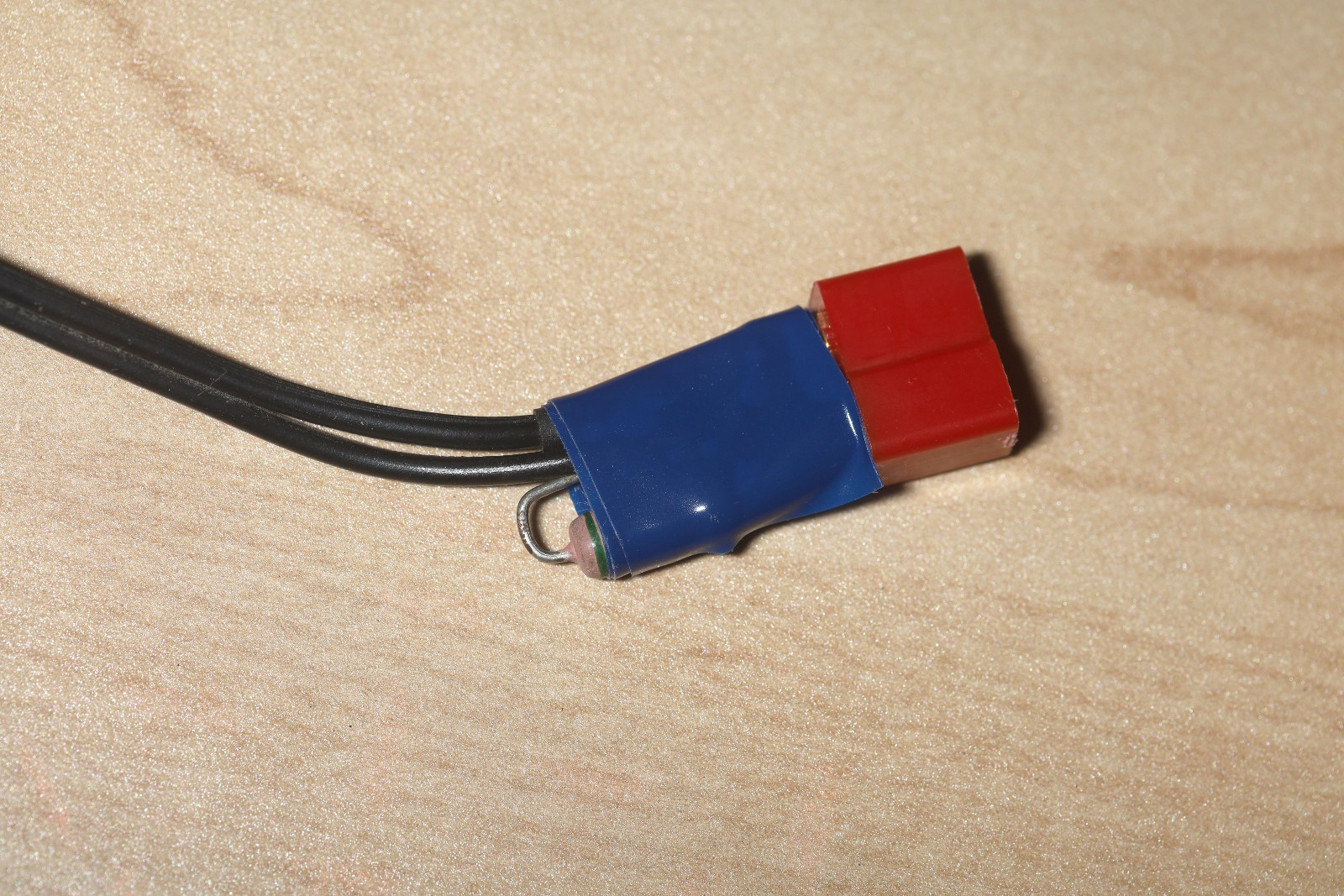
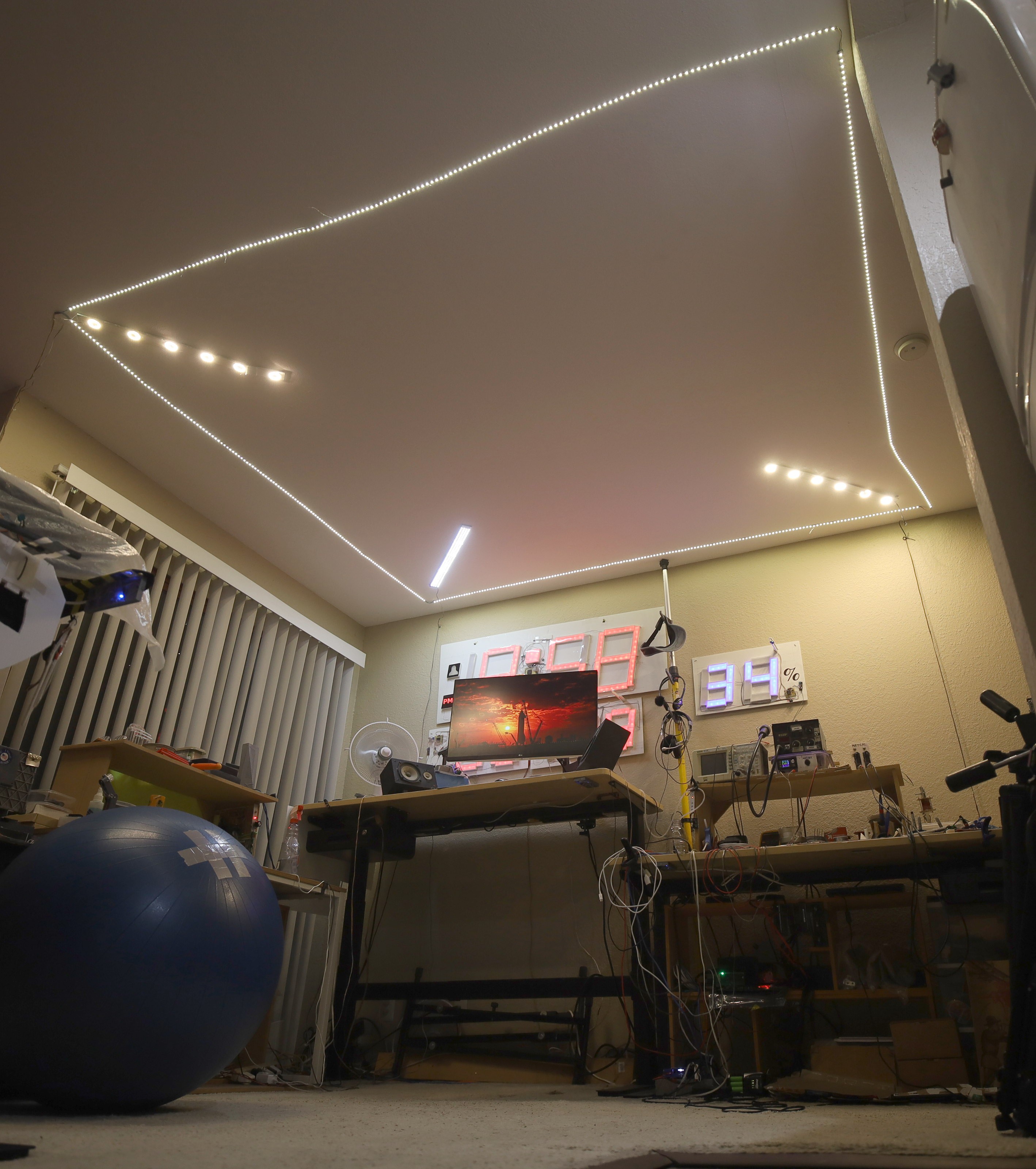


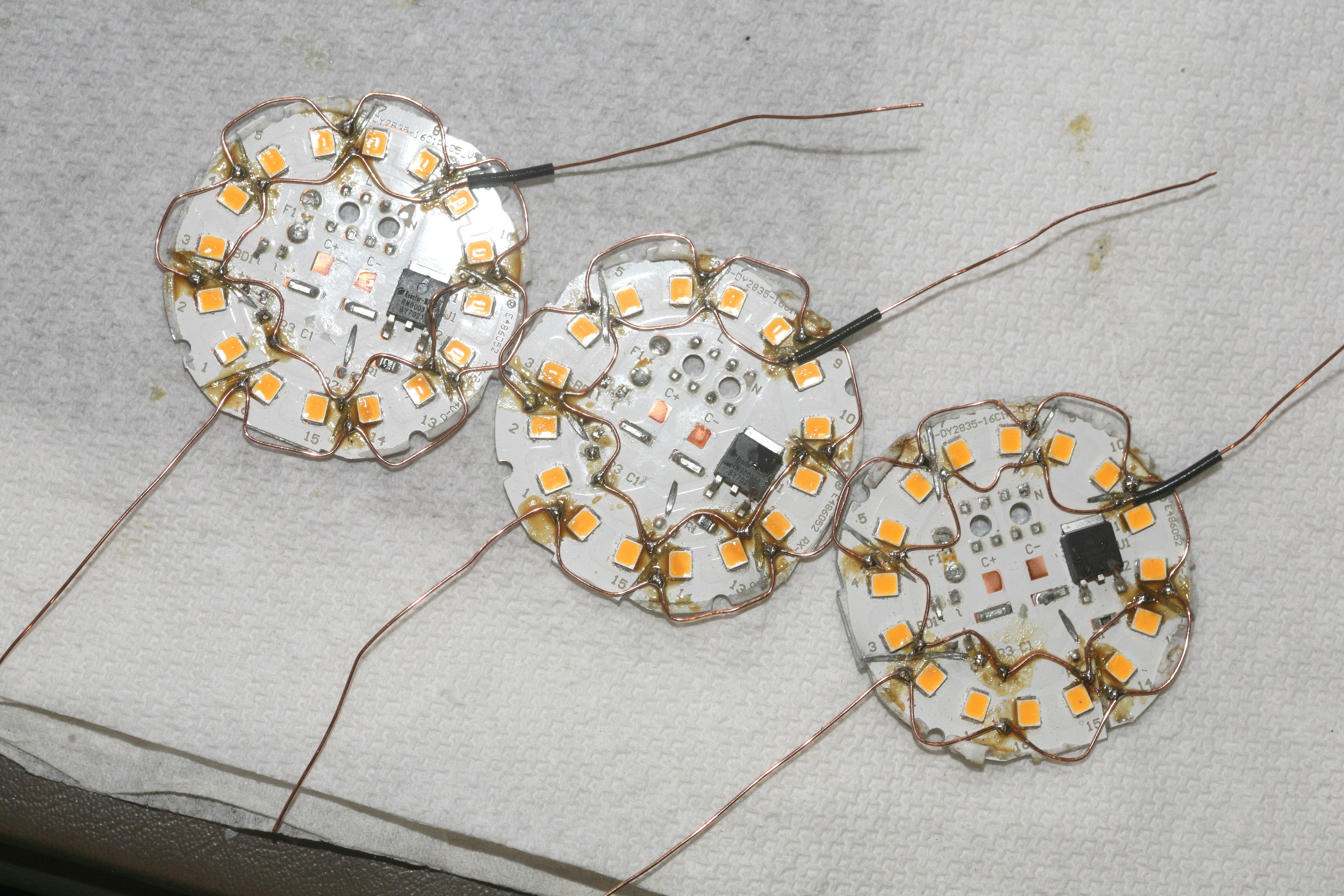

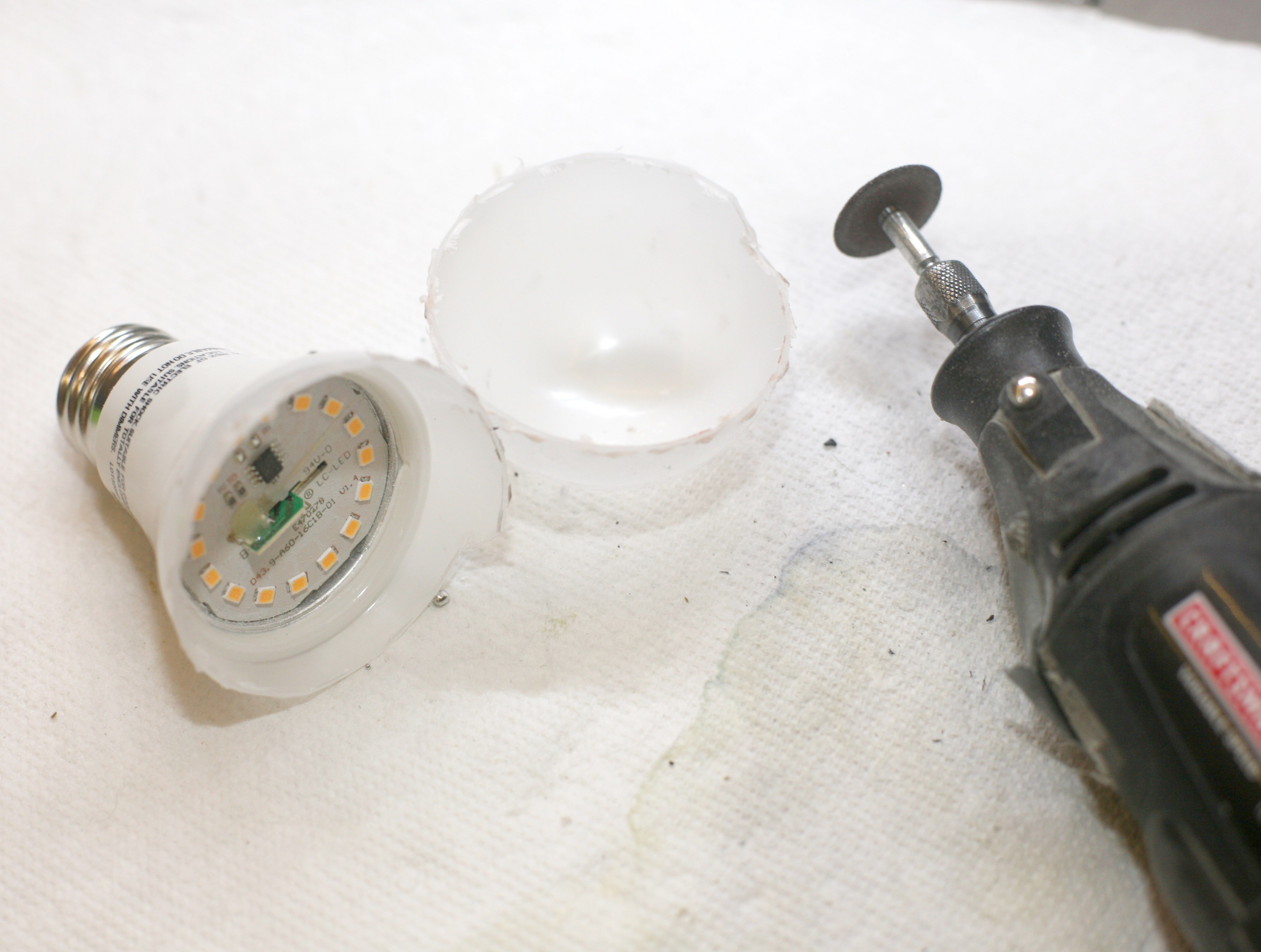
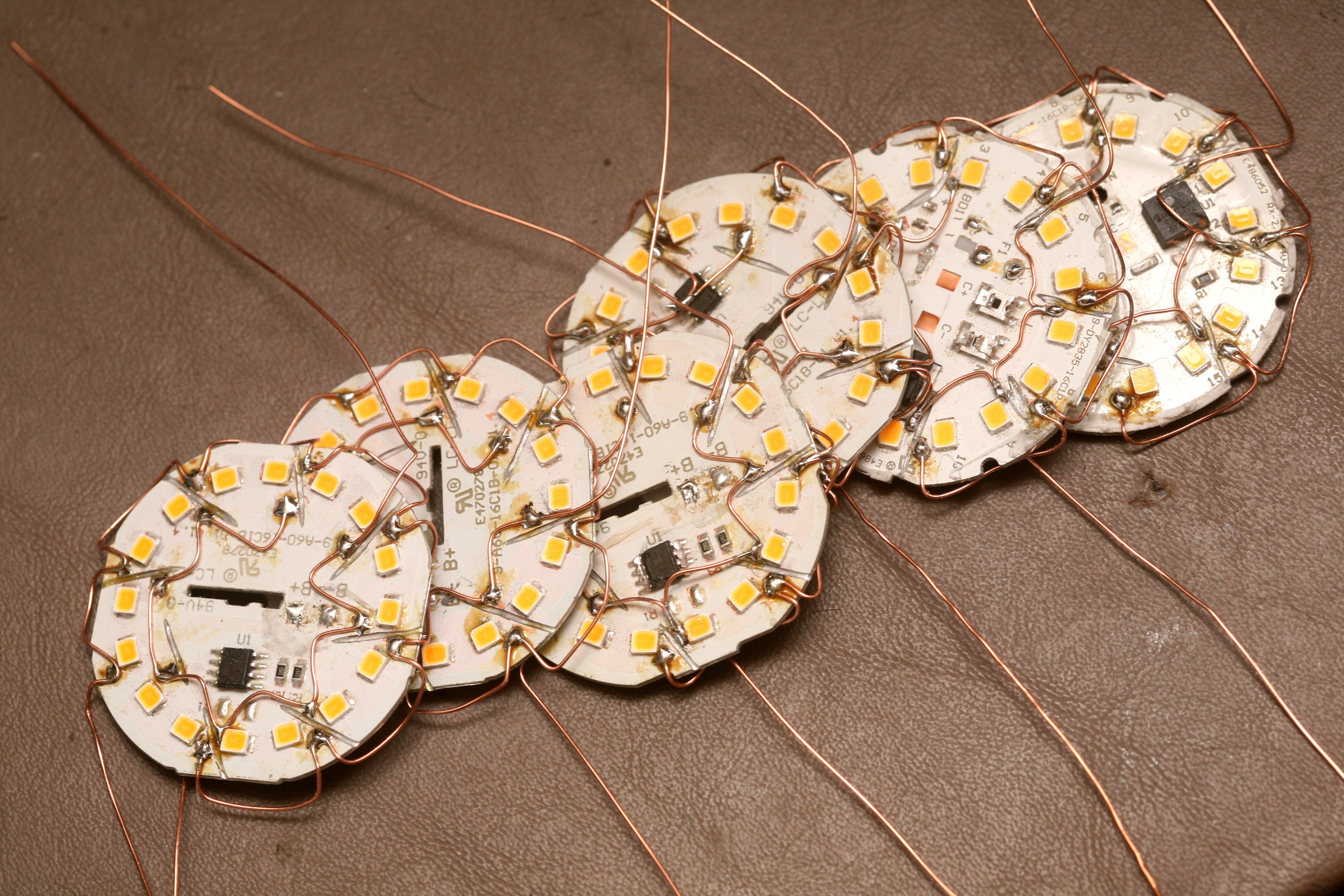
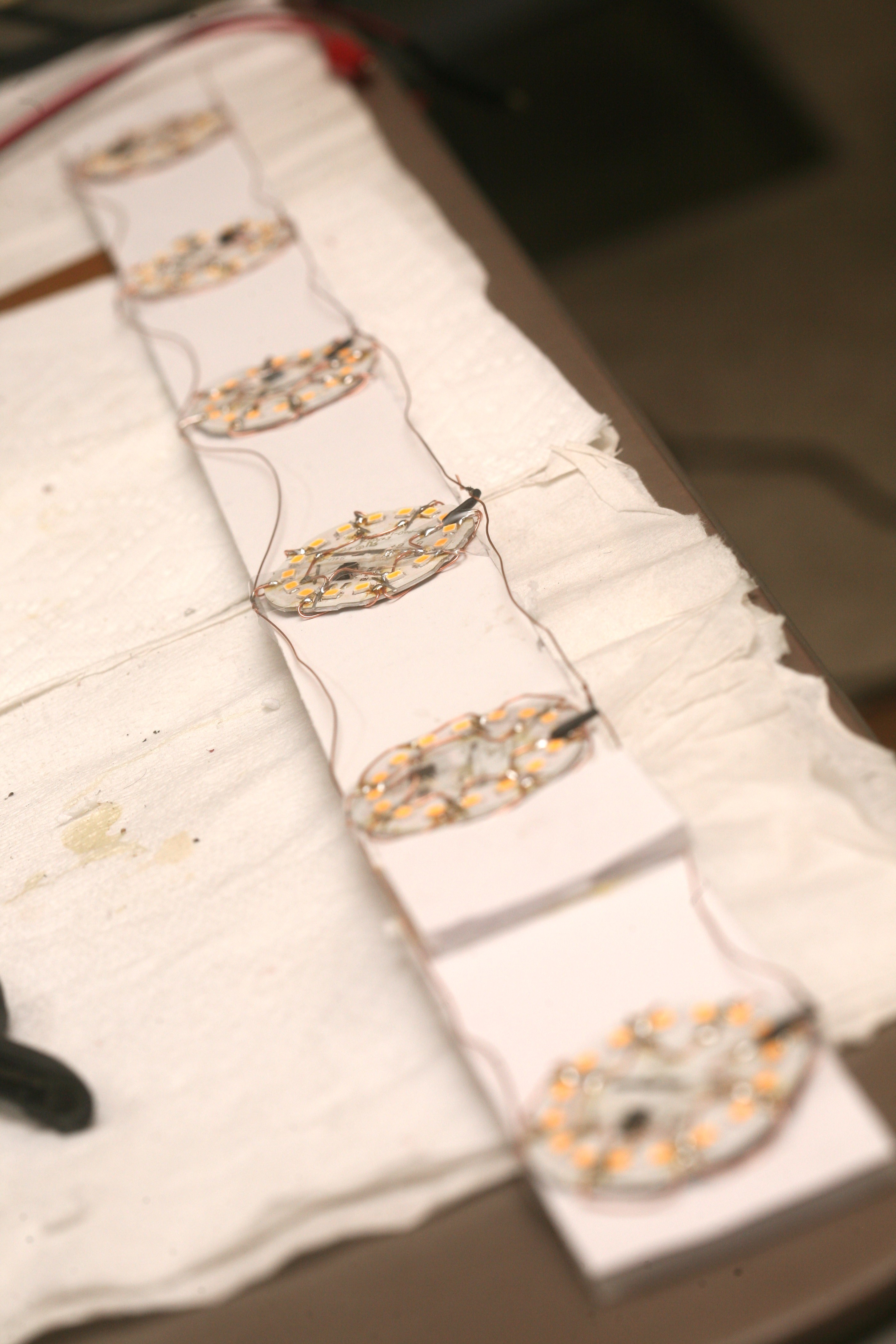
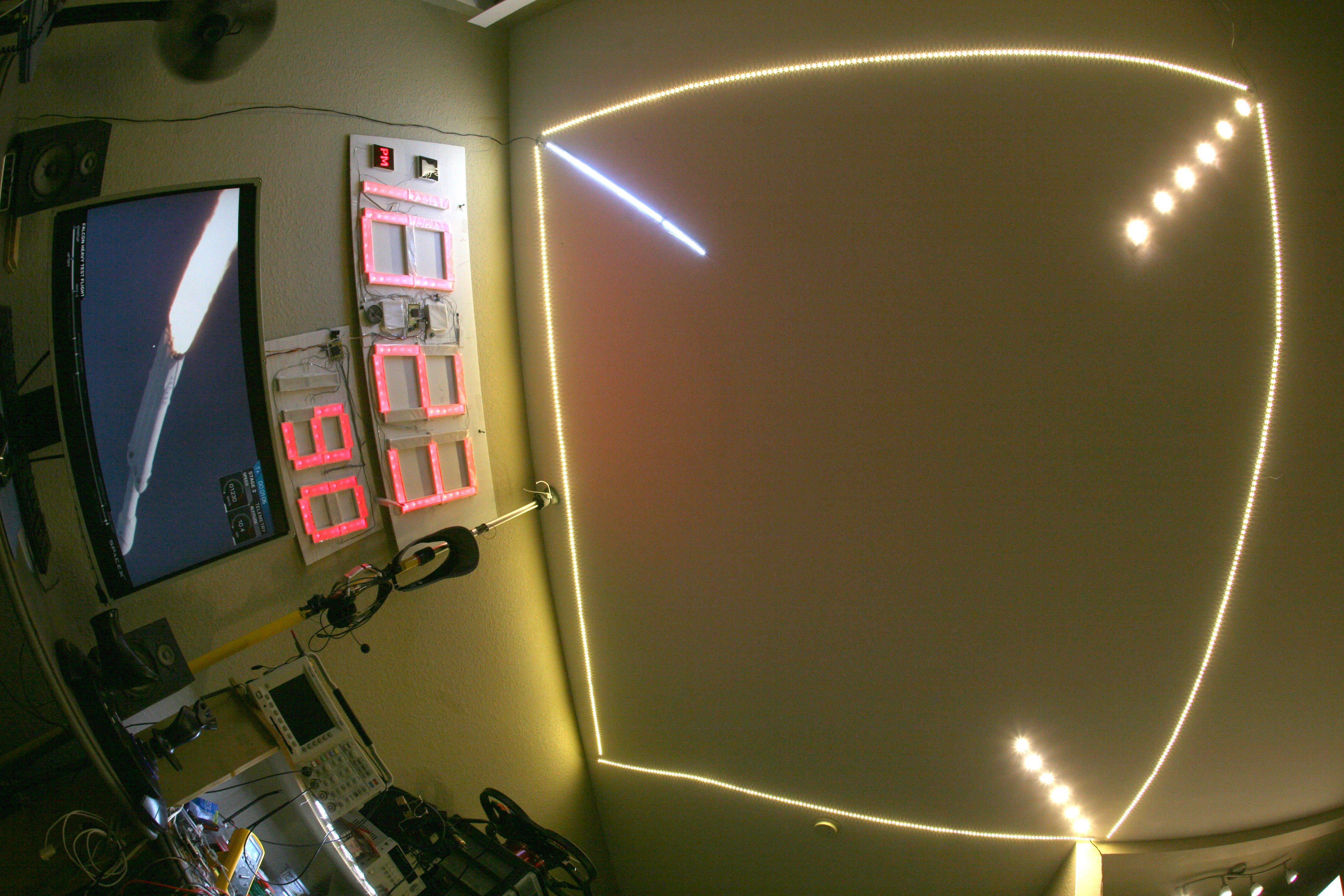
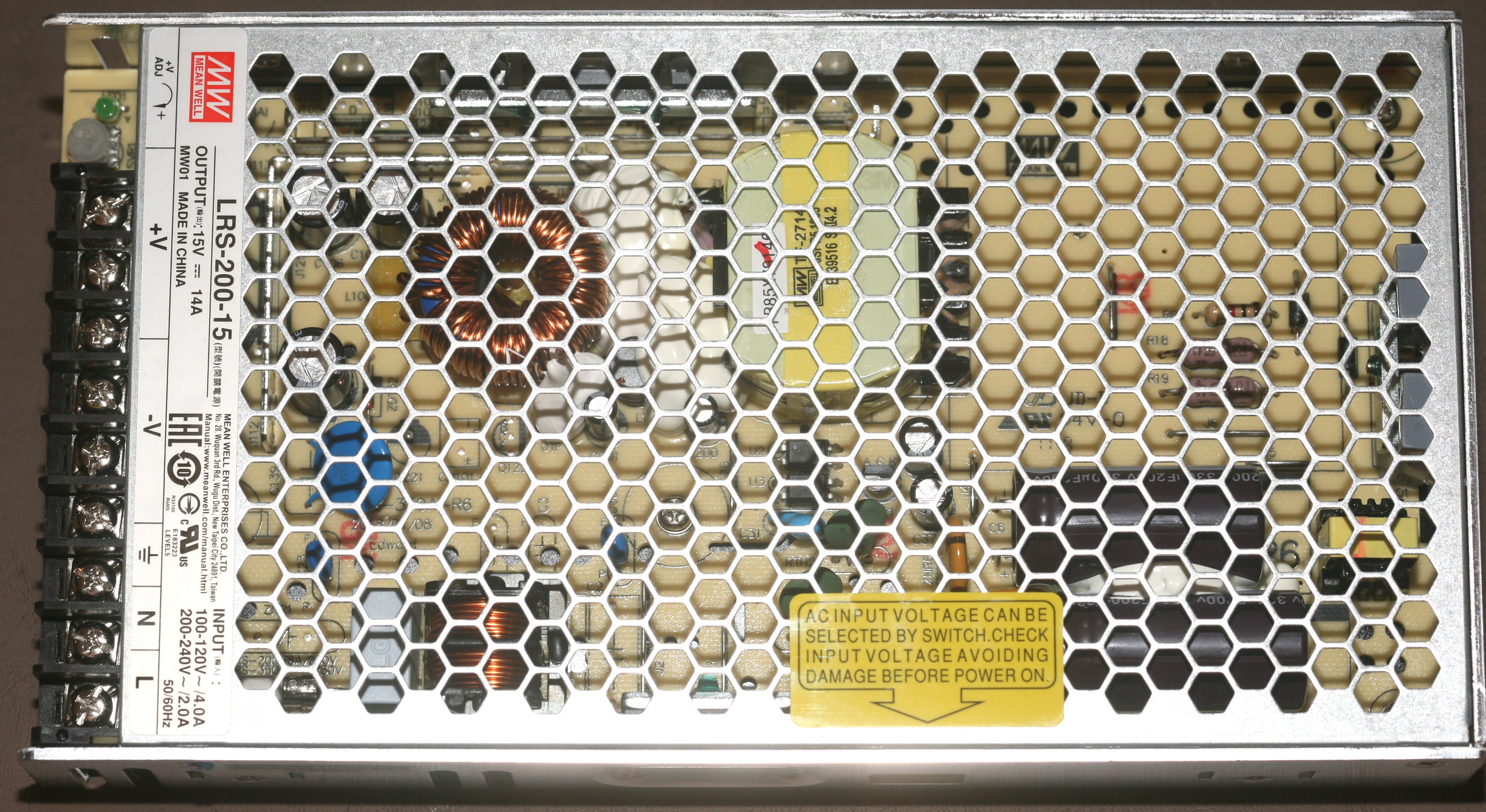
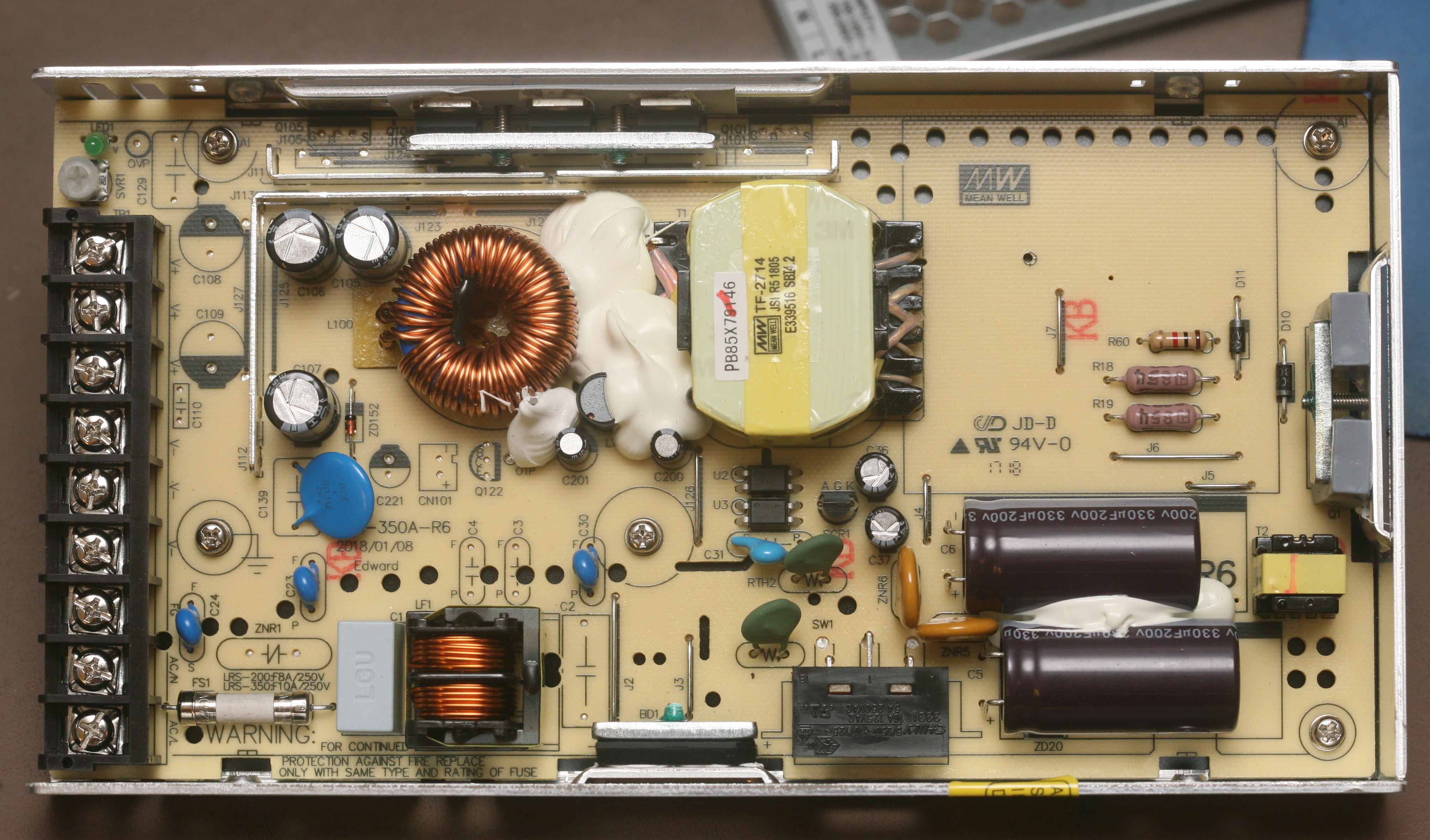

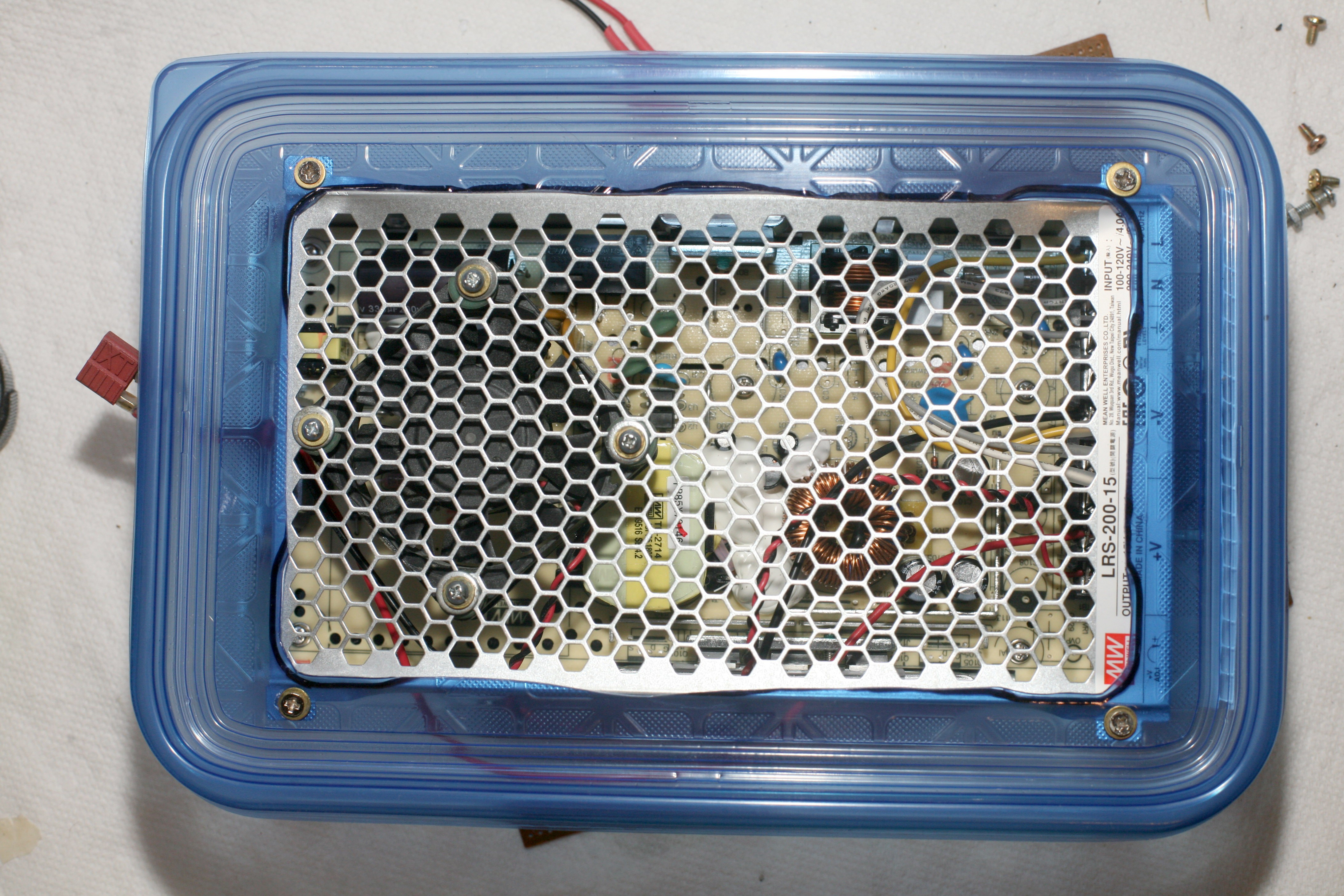

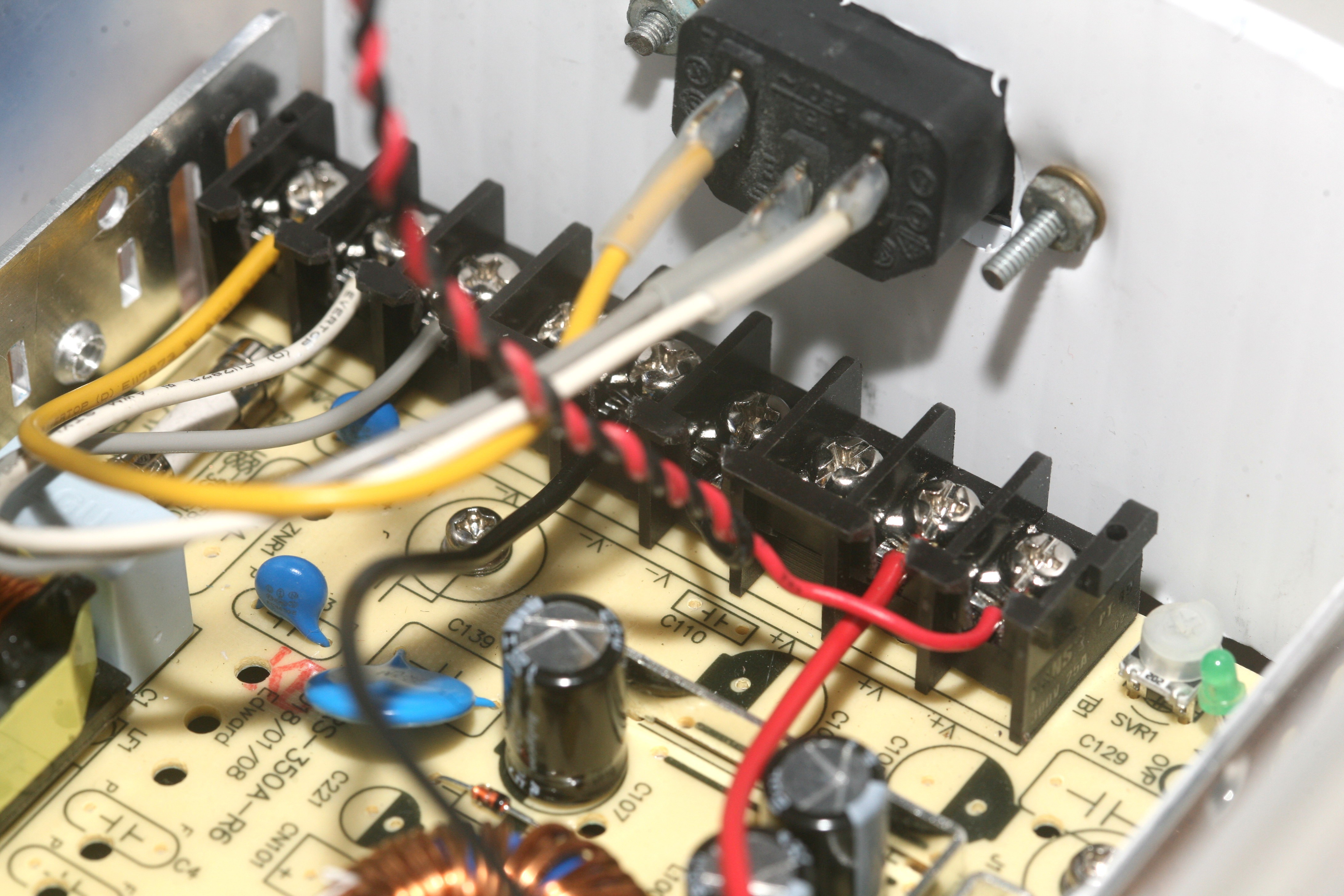
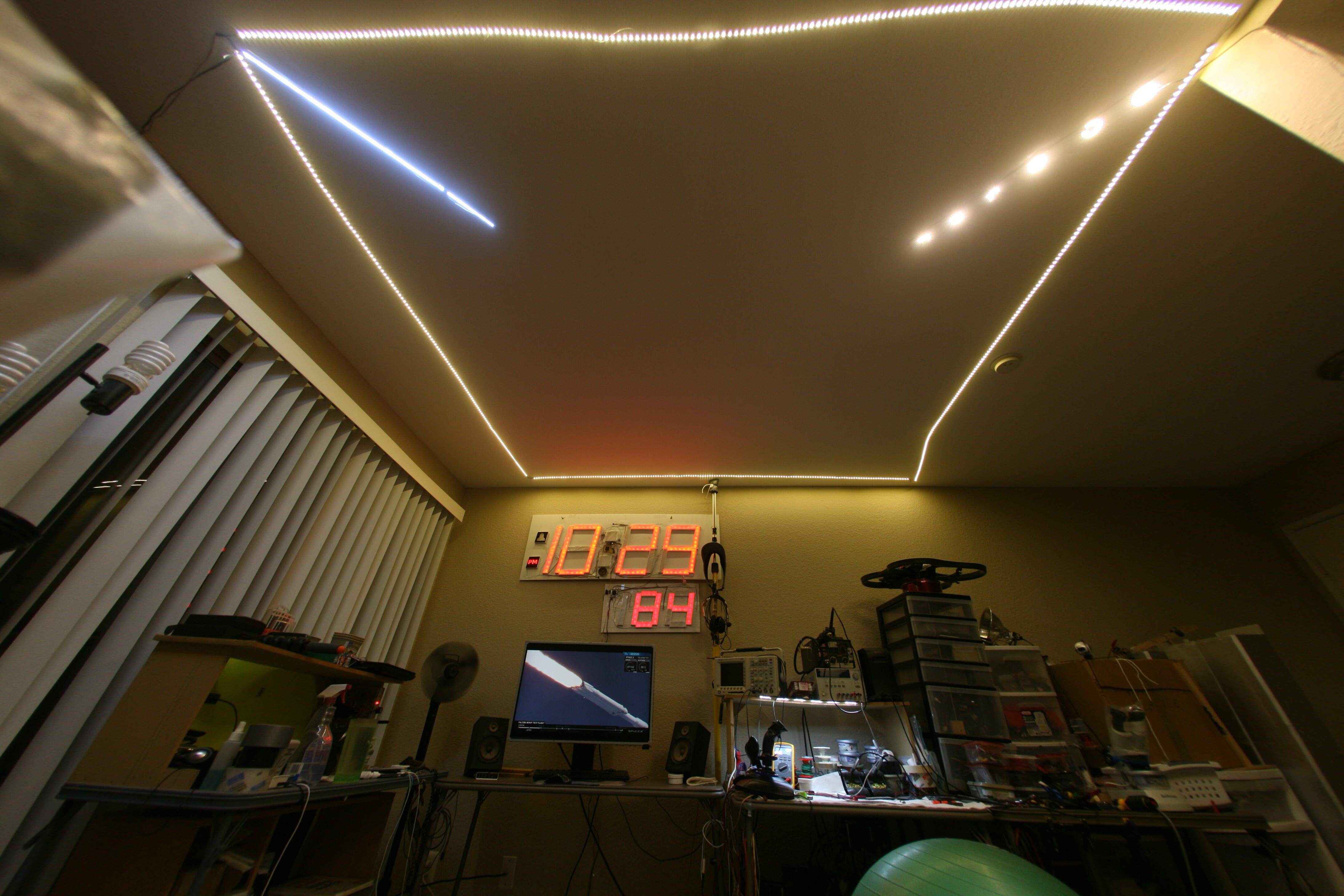



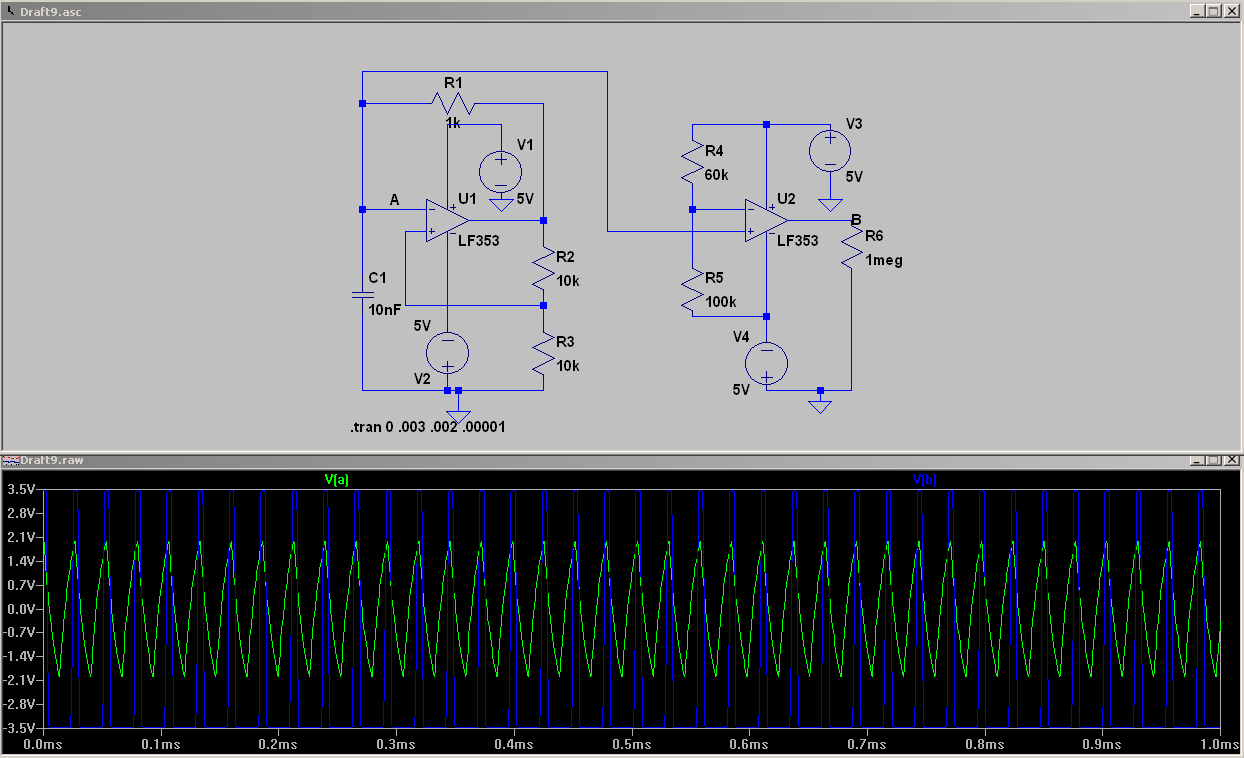
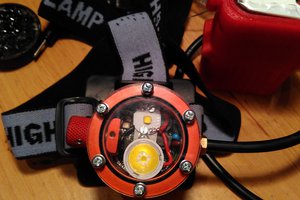
 Jakub Kaderka
Jakub Kaderka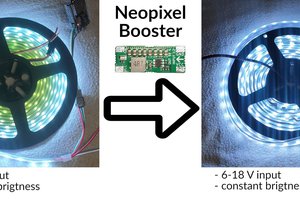
 Jan Mrázek
Jan Mrázek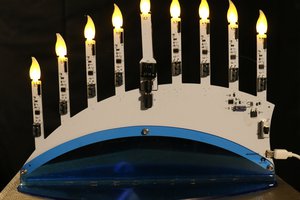
 Glenn.Kubota (gee.k)
Glenn.Kubota (gee.k)
 ric866
ric866